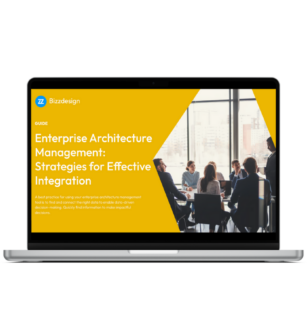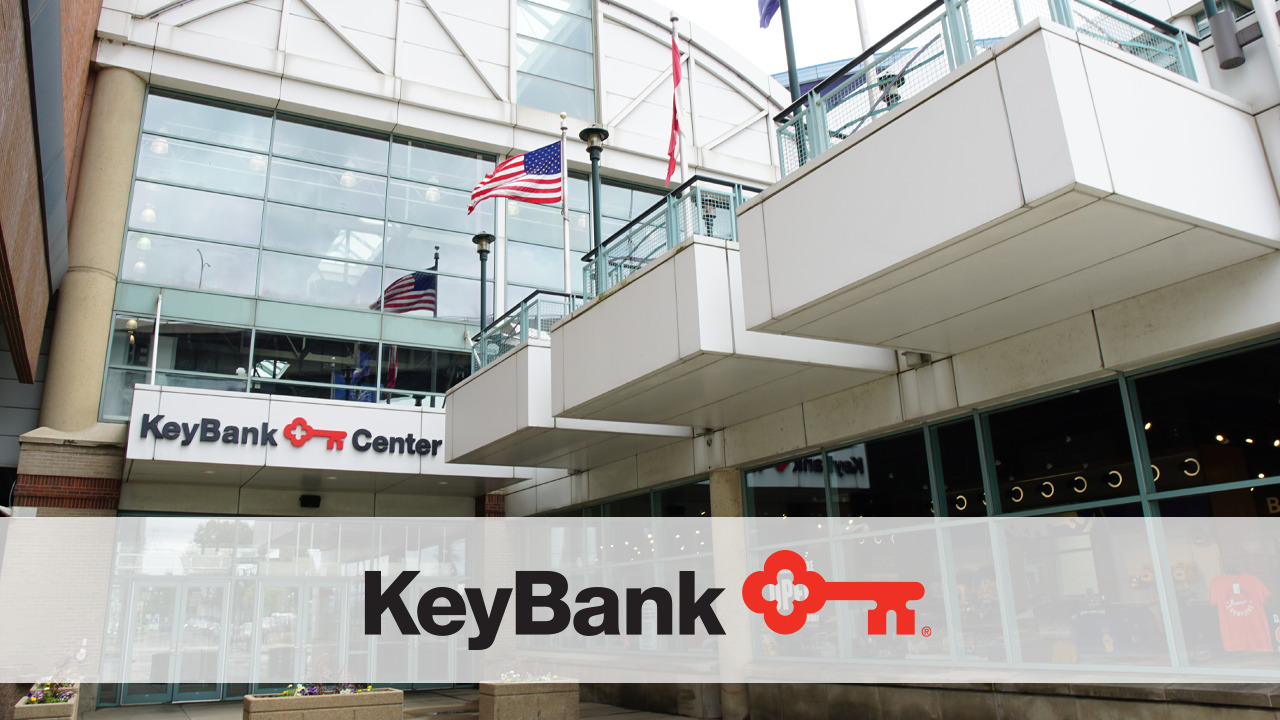3. Components of an effective enterprise architecture repository
A good enterprise architecture repository can manage and publish model content, including version management, check-in/check-out functions, and role-based authorizations. Different states (as-is, to-be) and versions (draft, under review, published, etc.) can be described in the model repository.
Here are some considerations with real-life examples:
READ: Enterprise Architecture Tools Vs. Excel, Visio, and PowerPoint
API integrations: The enterprise architecture management tool needs to populate and synchronize the repository with available data sources easily
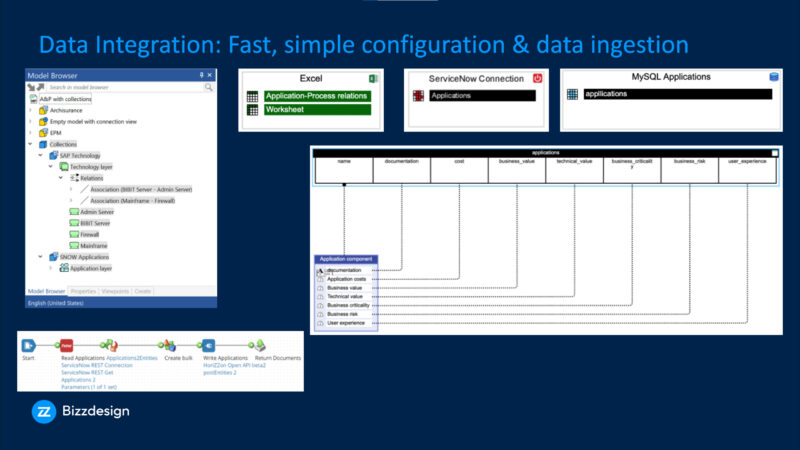
Source: Bizzdesign Horizzon – An example of data integration in an enterprise architecture tool
Data management: The enterprise architecture management tool needs to deliver fast and simple data management for non-technical users who need to contribute and verify data.
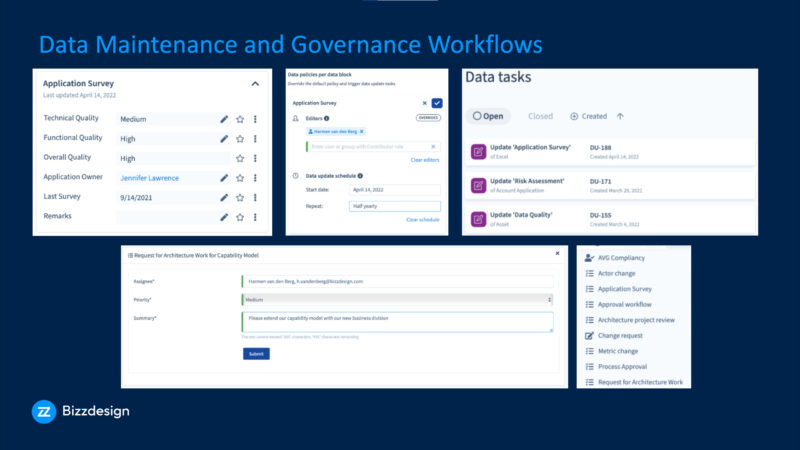
Source: Bizzdesign Horizzon – An example of data management and governance functionality in an enterprise architecture management tool
Data governance and workflows: The enterprise architecture management tool needs to include this functionality to ensure that data is managed effectively and efficiently. [1]
RELATED WIKI: Enterprise architecture governance
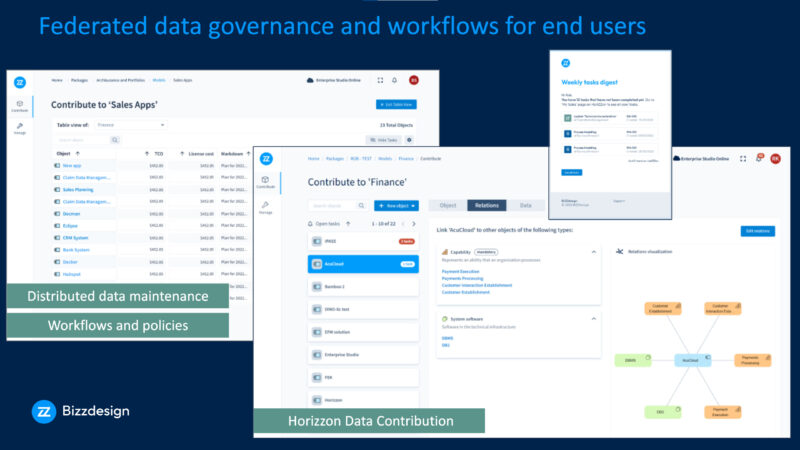
Source: Bizzdesign Horizzon – An example of data maintenance and governance workflow functionality in an enterprise architecture management tool
Version management to track changes made in an enterprise architecture management tool over time. Role-based access control restricts access to certain features or data based on a user’s role within the organization.
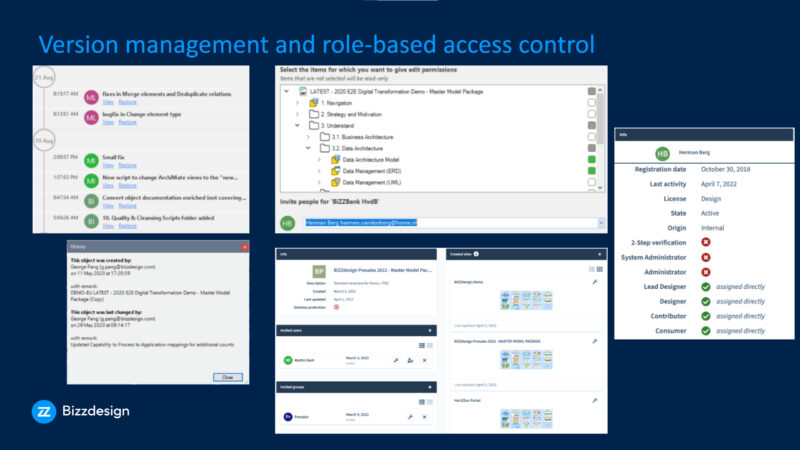
Source: Bizzdesign Horizzon – An example of ‘version management and role-based access control’ functionality in an enterprise architecture management tool









